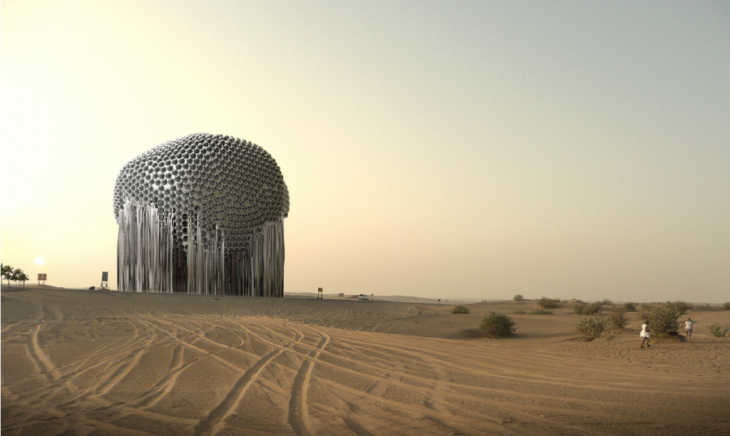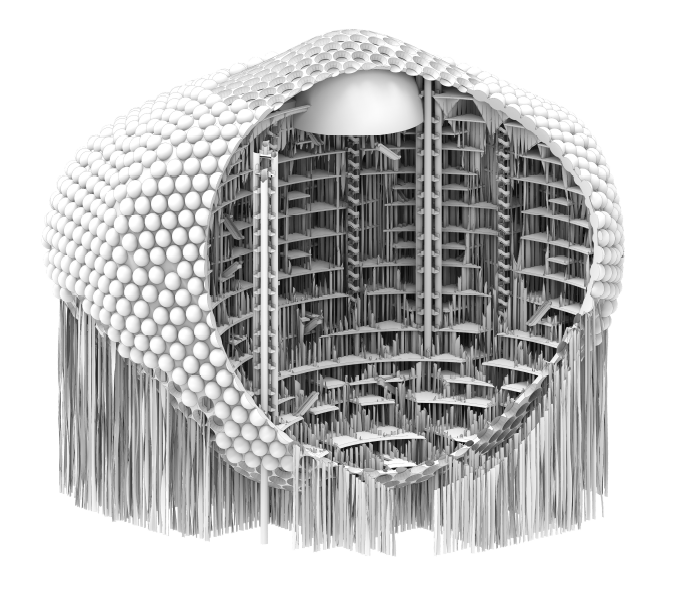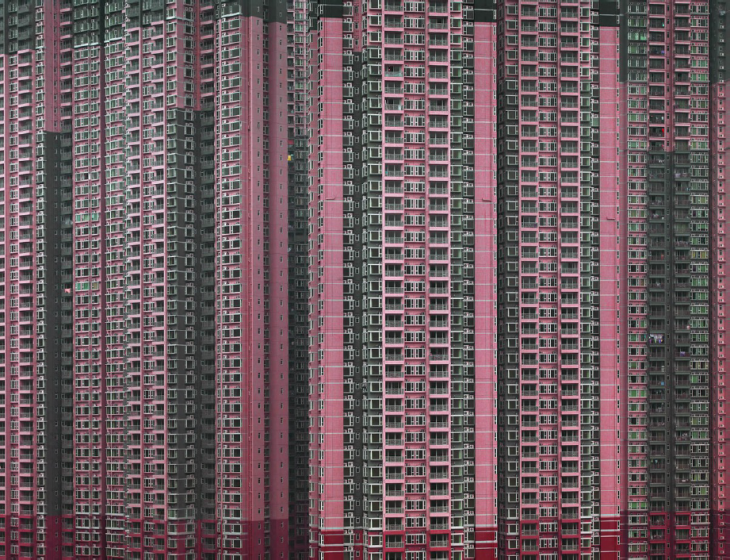DPS. Design Project Studio
The City in the Age of Hyperobjects
a search of new Forms of Architectures for our City
Thesis Advisor: Peter Trummer
Today we built cars without drivers, buildings without inhabitants, cities without roads. We try to make cities smart; turn every Buildings into powers stations and have built after 9/11 more high-rise buildings then ever before. We do not either really know why we do that nor what we are do when we design these entities. The Framework of the Thesis Program on the City is based on a simple question: How do our cities look like? How does reality design? The aim of the Thesis Program is to develop an architectural project for the city, which is neither driven by a scientific approach of data scapes nor should it be guided by empirical case studies to understand their morphology.
Rather what Thesis Studio would like to propose is if we can search the City in the Age of Hyperobjects. Hyperobjects are to what Timothy Morten refers to: “things that are massively distributed, very large relative to humans, weather directly manufactured by humans or not”. They have a significant impact on us humans and that we struggle to understand them. We discover we are stuck to them and realize as more as we know about them as more they withdrawn from us.
Hyperopbejcts to Timothy Morten are the Biosphere, our Solar System, the Sum of Nuclear materials on the planet or the sum of the Machinery of our Capitalism. Hyperobjects are hyper to humans, but effect humans daily life and produce their own architecture like nuclear or solar Power-station in the desert, Pencil high-rise towers in New York, human less cities in China or sustainable building systems. Hyper buildings become the Author of our architecture.
The aim of the research project is to design new forms of architecture for our contemporary city, in which objects of any kind, like machines, buildings, landscapes or artificial environments are design under the influence of hyper objects and become fused or merged together to form new architectural types.
Final Submission of the Individual Thesis will be composed of a written and illustrated portfolio, scientific paper, as well as substantial models and prototypes that are shown in a final exhibition designed and set up by the students.
As a support for the research project the following Reading list is recommend :
“On the mode of existence of technical objects” by Gilbert Simondon
“On Vicarious Causation” by Graham Harman
“The third table” by Graham Harman
“The Stack by” Benjamin Bratton
“A Speculative History of Architecture as Asset” by Peter Trummer
The following books will be presented:
“The history of the city” by Leonardo Bevenolo
“The Architecture of the City” by Aldo Rossi
“Los Angeles: The Architecture of 4 Ecologies” by Reyner Banham
“Learning from Las Vegas” by Robert Venturi, Denise Scott Brown and Steven
“The City in the City—Berlin: A Green Archipelago” by OM Ungers, Rem Koolhaas “
Collage City” by Rowe, Colin and Fred Koetter (1978)
“Delirious New York: A Retroactive Manifesto for Manhattan” by Rem Koolhaas
“Genius Loci-Towards a Phenomenology of Architecture” by Norberg Schulz (1979)
“The Manhattan Transcript” by Bernard Tschumi (1976-1981)
“Landscapes of Change: Boccioni’s “Stati d’animo” as a General Theory of Models” by Sanford Kwinter (1992)
 “The Sun Building” by Peter Trummer Architect. Design Team: Peter Trummer with Javier Cardiel Martin, Zenynep Cinar and Jose Carlos Lopez Cervantes
“The Sun Building” by Peter Trummer Architect. Design Team: Peter Trummer with Javier Cardiel Martin, Zenynep Cinar and Jose Carlos Lopez Cervantes “The Sun Building” by Peter Trummer Architect. Design Team: Peter Trummer with Javier Cardiel Martin, Zenynep Cinar and Jose Carlos Lopez Cervantes
“The Sun Building” by Peter Trummer Architect. Design Team: Peter Trummer with Javier Cardiel Martin, Zenynep Cinar and Jose Carlos Lopez Cervantes
